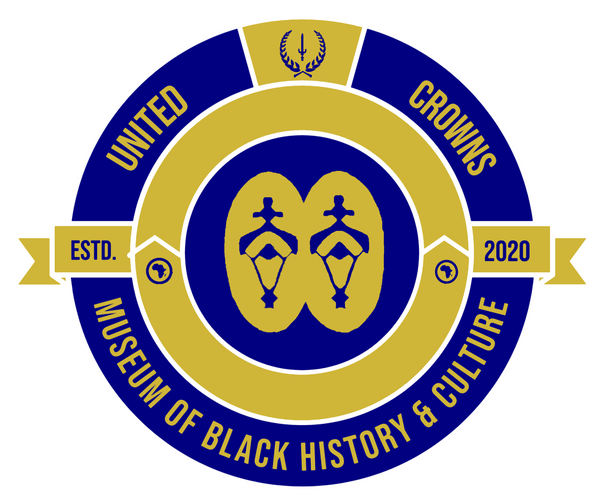Collection: The Right to Work, The Right to Live: Black Labor & Liberation

My beloved family, this exhibit stands in honor of the Black hands that built America, not just through labor, but through resistance, brilliance, and unshakable dignity. “The Right to Work, The Right to Live” reminds us that for Black people in this country, the fight for workers’ rights has always been tied to the fight for our very survival. In 1881, it was the fearless Black washerwomen of Atlanta (the Washing Society) who organized a citywide strike, demanding fair wages and respect for their labor. These sisters, many of them formerly enslaved, showed the world what Black organizing power looks like. And in the early 20th century, it was the Brotherhood of Sleeping Car Porters, led by the mighty A. Philip Randolph, that became the first Black-led union to win national recognition. These Pullman Porters weren’t just moving trains, they were moving the needle toward liberation, dignity, and economic justice.

These stories are more than history: they are a blueprint. Black workers have always known that labor without justice is just another form of slavery. Whether it was on plantations, in factories, in domestic service, or on the railways, we’ve fought not just for wages, but for worth. Our protests, strikes, and unions were not simply economic demands; they were declarations of humanity. This exhibit connects those labor struggles to the broader Black freedom movement, from the fields to the picket lines to the pulpit. Because to demand fair work is to demand life, liberty, and legacy. So, I say this with pride: we are not just workers, we are warriors, and every paycheck we earned came from power, not pity.
